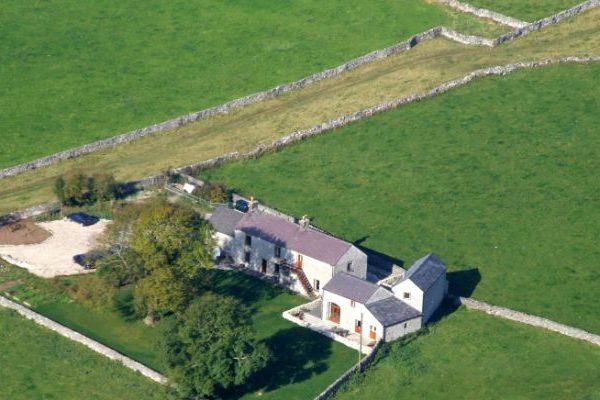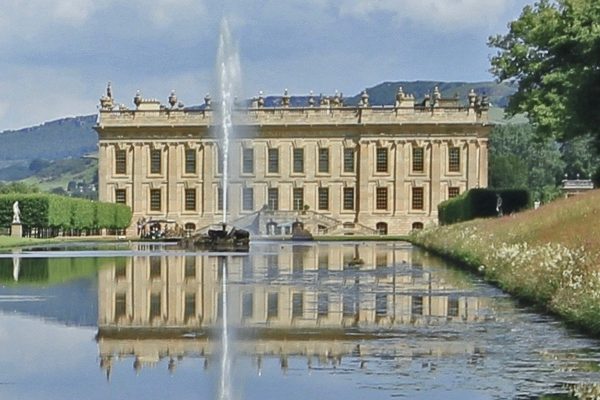One of the most popular things to do during a stay in Derbyshire or the Peak District is a visit to one of the numerous caverns we have in the area. Discover some quirky facts about Derbyshire’s caves.
From north to south (with one thrown in for luck);
Blue John Cavern and Treak Cliff Cavern, Castleton
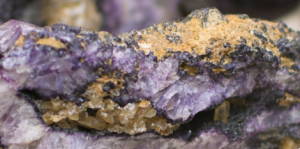
The only two mines in the world where you can find the semi precious Derbyshire Blue John mineral. The stone is a kind of flourite with yellow and blue crystalline bands running through it.
The mineral is still mined in small quantities and you can have a go at polishing your own piece of Blue John stone.
Don’t put your piece of blue John in the oven though as the blue colour will disappear!
Speedwell Cavern, Castleton
Speedwell Cavern came to be because of the lead mining that took place here.
The entrance to the cave was some way from the excavation area and, due to the flooding in the mine, the journey was made by boat, which still happens for the visitor today
Despite sizeable investment, the mine was never very successful as a source of lead but due to the quirky means of travelling in the cave, it’s always been popular with tourists.
Peak Cavern, Castleton
Peak Cavern is the largest cave system in the Peak District and is almost all entirely natural.
The cave was inhabited by ropemaking cave dwellers until the early 20th century. Up to 40 families in two rows of cottages in the cave entrance. There were also stables, an inn and three small shops – wow!
Ropes were made in the enormous mouth to the cave (the largest cave opening in Britain) and you can see a demonstration of this on a visit, The ropes were made for; lead miners; as window sashes, tow ropes for barges, bell ropes and the odd hangman’s noose too!
Traditionally every bride in the village was given a rope, a washing line, on her wedding day
Poole’s Cavern, Buxton
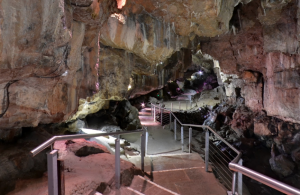
Lead was also mined at Poole’s cavern in Buxton but the supplies were dwindling. The town was a popular visitor destination during Victorian times and earlier due to the spa waters and the visitors were quite keen to look around the cave. You can still see the Victorian turnstile that allowed visitors to enter the cave and the neighbouring country park
Heights of Abraham

The Heights of Abraham must be one of the oldest tourist attractions in the country. It opened its doors to visitors in the 1780s. There are two caves at the site. At one, Rutland Cave, you can experience what leading mining in the 17th century might have been like, the atmosphere, the sights and the sounds.
and the one thrown in, Cresswell Crags
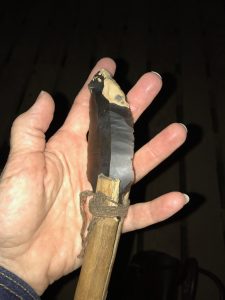
Cresswell Crags caves were inhabited by prehistoric man. We know that because tools have been found at the site. What the archaeologists have never found, however, are human bones. What did the humans that were there use the caves for? We’ll never know for sure but it looks like the caves were used by travellers on hunting trips, perhaps they could be thought of as the first self-catering accommodation!
